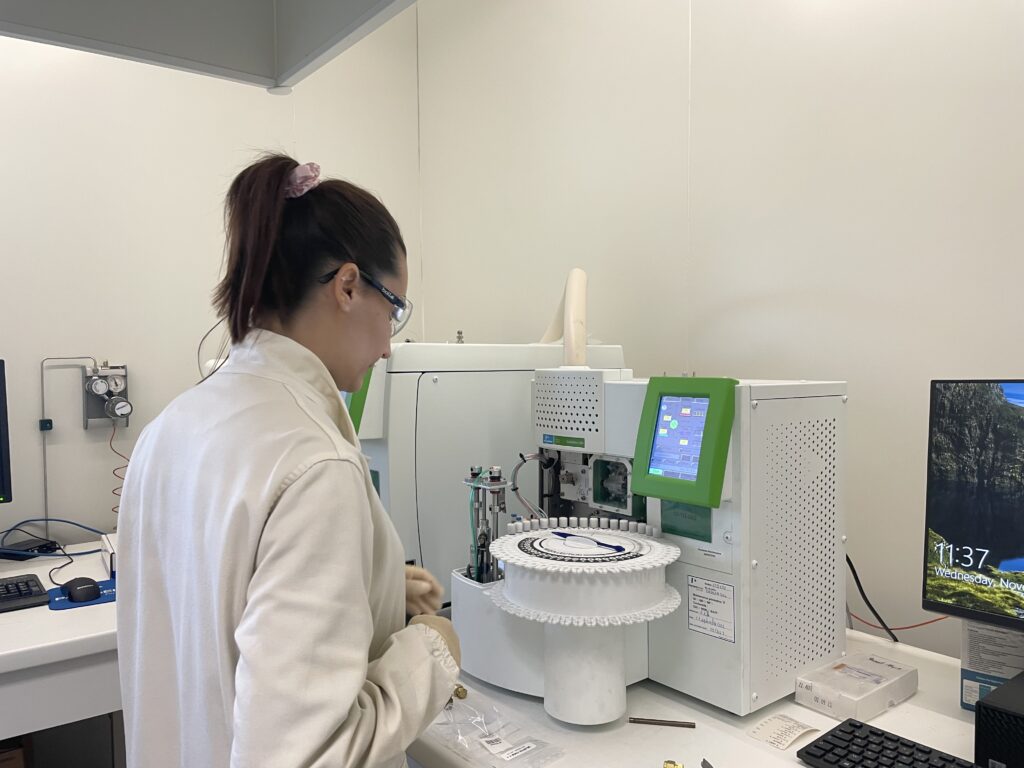Even after the flames are extinguished, invisible pollutants remain and can pose significant health risks.
Conducting an air analysis helps ensure the home is safe before residents return.
The invisible impacts of smoke :
Smoke leaves behind:
- Fine particles (PM2.5): soot residues smaller than 2.5 µm that can penetrate deep into the lungs, causing irritation and respiratory issues.
- VOCs (Volatile Organic Compounds): extremely small molecules (0.1 to 0.001 µm), released when materials like wood, plastics, or textiles burn. They can affect health both in the short and long term.
Why is it dangerous?
- The level of risk depends on the type of materials that burned and how long the fire lasted.
- Pollutants infiltrate all materials walls, furniture, fabrics and can persist long after the fire.
What are fine particles?
Fine particles are tiny fragments of soot or carbon-based materials smaller than 2.5 micrometers.
Once airborne, they can reach deep into the lungs, causing irritation and various respiratory problems.
What Are VOCs?
Volatile organic compounds are small organic molecules, generally between 0.1 and 0.001 micrometers, that evaporate easily at room temperature.
During a fire, VOCs are often released through the incomplete combustion of organic materials (wood, plastics, textiles, etc.). They can negatively impact respiratory health in both the short and long term.
Understanding these risks is essential, especially for vulnerable individuals such as children, elderly people, or pregnant women.
Controlling air quality:
Post-fire air analysis is crucial, particularly when organic materials were involved in the combustion.
The goal is to accurately identify the contaminants present so that appropriate measures can be taken to ensure a safe indoor environment.
Advanced techniques such as gas chromatography and mass spectrometry are used to isolate and identify the compounds present in the air.
Key steps in a post-fire air analysis
Information Gathering:

- Identify the types of materials that burned.
- Contact us to determine which analyses are most relevant.
- We can connect you with our partners to carry out on-site sampling.
In the Laboratory
- We provide all the necessary sampling media.
- Analyses are carried out using advanced instruments to ensure precise measurements and dependable risk assessment.
Investing in post-fire air testing is more than a precaution. It’s a necessary step to protect the health of the occupants.
By prioritizing safety after a domestic fire, you help restore a healthy and secure indoor environment.
Are you an individual?
If you are a private homeowner, we also offer a dedicated website with easy-to-use air testing kits.
Visit Test-air to get started.
